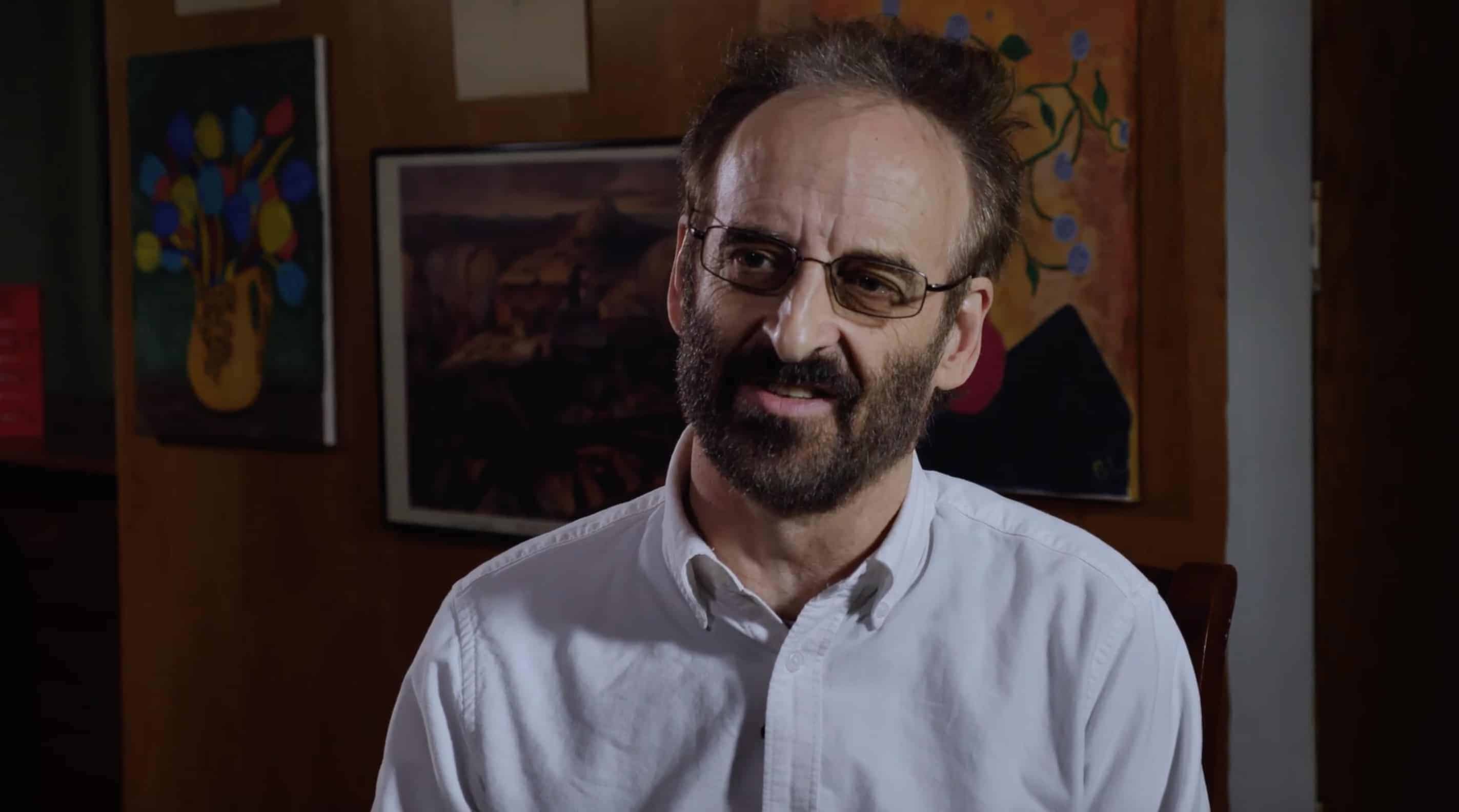“Read it. First weep, then smile broadly.”
This is how Daniel Federmann, M.D., dean emeritus of the Harvard School of Medical Education, described a 2015 book in which is featured the work of Mind-Eye Institute founder and research director Deborah Zelinsky O.D.
The Ghost in My Brain: How a Concussion Stole My Life and How the New Science of Brain Plasticity Helped Me Get It Back details DePaul University academician Clark Elliott’s torturous journey back to health following a severe traumatic brain injury.
“This wonderful story is inspiring,” wrote Dr. Federmann, who also was past president of the American College of Physicians.
“A [Ph.D.] professor of artificial intelligence loses much of his higher function after an auto accident. Numerous specialists diagnose a concussion and tell him to ‘get over it’ – no small assignment for a professor and single father. He is ultimately referred to an optometrist [with extensive experience in the field of neuro-optometry and neuro-optometric rehabilitation] who studies both the visual and non-visual roles of the retina for the brain,” Dr. Federmann said.
That “optometrist,” of course, is Dr. Zelinsky, who is internationally recognized and whose work at the Northbrook, Ill.-based Mind-Eye Institute has revolutionized scientific understanding of how the retina serves as a two-way portal into the mind and body.
“The way light disperses across the retina impacts brain function, the nervous system and body biochemistry,” said Dr. Zelinsky.
Using prescriptive eyeglasses, lenses or other optometric interventions to selectively stimulate light dispersed on the retina, Dr. Zelinsky helps patients redevelop visual skills during recovery from debilitating, life-altering symptoms of brain injuries. She also works to develop skills in patients with learning and behavioral problems.
Dr. Elliott, in his book, calls the mind-eye eyeglasses “magic,” saying they alter the way light disperses across the retina, ultimately affecting brain function by creating new signal pathways between the visual cortex and the retina. In cases of traumatic brain injury, these new pathways bypass damaged areas of brain tissue.
“Through exercises and progressive changes of glasses [as prescribed by Dr. Zelinsky], his (Dr. Elliott’s) visual and mental functions are restored and his professional and personal life regained,” Dr. Federmann concluded in his quote about the book.
“Changes in luminance on the eye affect how the brain interprets and reacts to information about the environment. Those changes can impact a person’s spatial awareness, movement, and selective attention to sound,” Dr. Zelinsky said.

Media
Harvard Dean Says “Read It!”
Author Calls ‘Magic’ the Mind-Eye Glasses That Aided His Recovery
